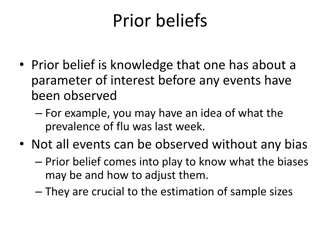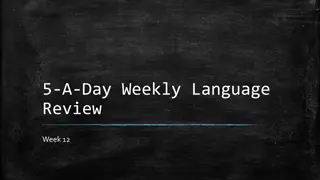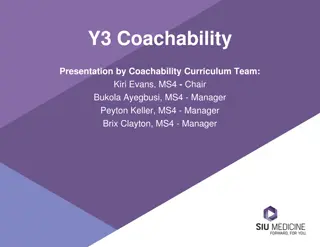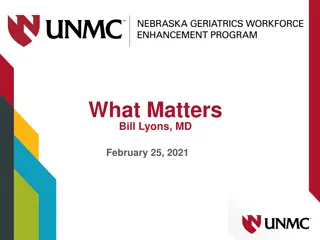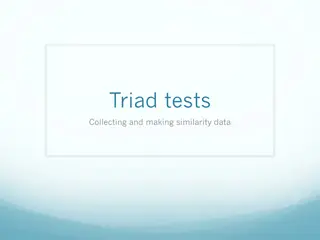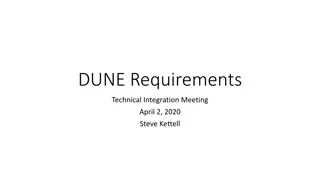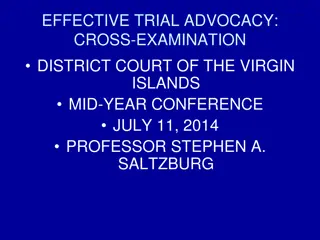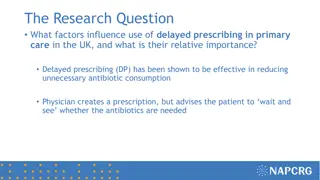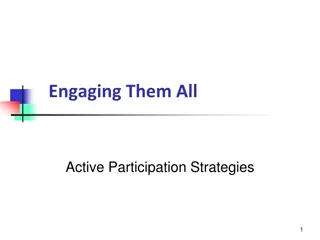
Effective Requirements Elicitation and Gathering Strategies
Discover the essential steps in requirement elicitation, including collaborative requirements gathering, quality function deployment, user scenarios, and work product elicitation. Understand the types of requirements and deployment strategies vital for successful software development.
Download Presentation

Please find below an Image/Link to download the presentation.
The content on the website is provided AS IS for your information and personal use only. It may not be sold, licensed, or shared on other websites without obtaining consent from the author. If you encounter any issues during the download, it is possible that the publisher has removed the file from their server.
You are allowed to download the files provided on this website for personal or commercial use, subject to the condition that they are used lawfully. All files are the property of their respective owners.
The content on the website is provided AS IS for your information and personal use only. It may not be sold, licensed, or shared on other websites without obtaining consent from the author.
E N D
Presentation Transcript
steps in - Requirement Elicitation 1. Collaborative Requirements Gathering 2. Quality Function Deployment 3. User Scenarios 4. Elicitation Work Product
1. Collaborative Requirements Gathering joint team of customers & developers work together - - - - requirements. to identify the problem, to suggest the solution, to negotiate different approaches & to specify preliminary set of solution
2. Quality Function Deployment the customer needs & wants - Are translated into - technical requirements for software The main focus is on - Customer satisfaction
QFD includes Three Types of Requirements Normal Requirements (explicit) - clearly stated by the customer, during the meeting with the customer. Expected Requirements (implicit) - requirements, which, system must be having, - even if customer didn t mention about them. - - - if these requirement are not present, then, the system will be meaningless. ex. New slide insert in PowerPoint Exciting Requirements - when certain requirements are satisfied by the software - beyond customer s expectations - ex spell check facility in word processor
Various Types of Deployments Conducted During Software Development Process Are - Function deployment - different functionalities of the software - are deployed Information deployment - information related to these functionalities, - is deployed. Task deployment - the task associated with each function must be identified. Value analysis - identify the priorities of requirements
3. Usage Scenarios During RE, - - overall version for systems functions & features get developed. To understand how these functions & features are used by different classes of end users, - - developers & users, create a set of scenarios This set identifies - the usefulness of the system to be constructed. This set is normally called as use cases.
4. Elicitation Work Product Following work products get produced, during requirement elicitation - - - - - A statement of feasibility study A List of various stakeholders A technical description of system environment A list of requirements & constraints Ex. Aadhar card. Set of usage scenarios, along with operating conditions - - The prototype, that may get developed for defining requirements in better manner. - - - These work products are then reviewed by all the people who participate in the requirements elicitation.

